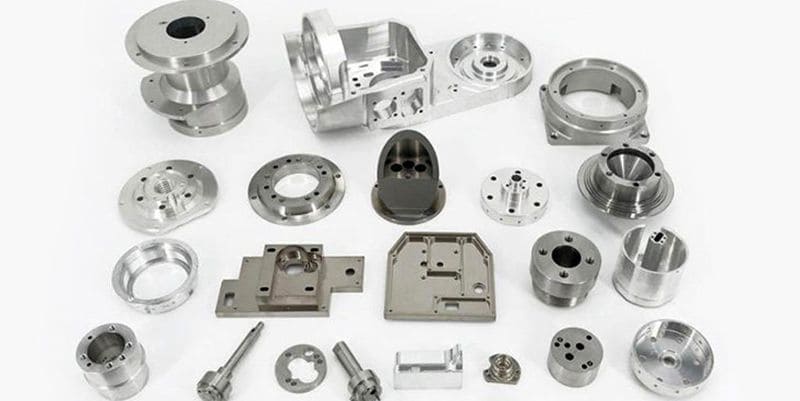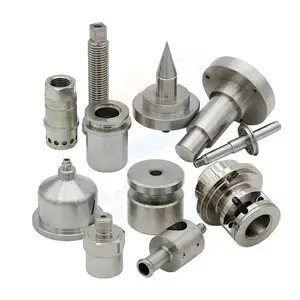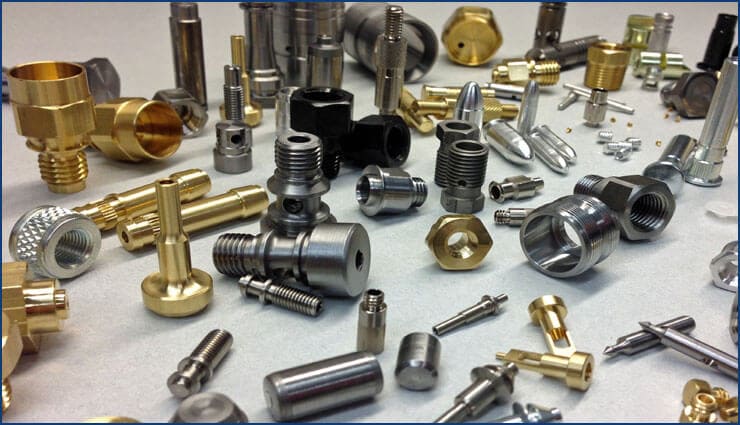Improved Product Quality
High precision machining is a manufacturing process that involves the use of advanced technology and equipment to produce complex and precise parts. This method has many advantages over traditional machining techniques, one of which is improved product quality. It also has the ability to produce high-precision machining solutions for luxury goods.
In this section, we will explore how high-precision machining can help produce high-quality products.
Advantages of High Precision Machining
Tight tolerances
One of the key advantages of high precision machining is its ability to achieve tight tolerances. Tolerance refers to the allowable deviation from a specified dimension. In traditional machining, achieving tight tolerances can be challenging due to the limitations of the equipment and the skill of the operator. However, with high precision machining, the use of advanced computer-controlled machines ensures that parts are manufactured with exceptional accuracy. This results in products that meet or exceed the specified tolerances, leading to improved product quality.

Reduce human error
Another aspect that contributes to improved product quality is the reduction of human error. Traditional machining methods often rely heavily on the skill and experience of the operator. However, even the most skilled operator is prone to human error, which can lead to inconsistencies in the final product. High precision machining minimizes the reliance on human intervention by utilizing computer-controlled machines. These machines follow pre-programmed instructions, eliminating the possibility of human error and ensuring consistent and accurate production.
Complexity
In addition, high-precision machining can produce complex parts that are difficult or impossible to achieve with traditional machining methods, meeting more market demands. The advanced technology and equipment used in high-precision machining are able to create complex geometric shapes and fine details. This ability opens up new possibilities for product design and innovation, making products not only higher quality, but also more beautiful.

Excellent surface finish
In addition to achieving tight tolerances and reducing human error, high precision machining also offers superior surface finishes. The precision and control provided by computer-controlled machines result in smoother and more uniform surfaces. This is particularly important in industries such as aerospace and medical, where surface finish plays a crucial role in the performance and functionality of the product. High precision machining ensures that the surface finish meets the required specifications, enhancing the overall quality of the product.
Repeatability
Moreover, high precision machining enables the production of parts with excellent repeatability. Repeatability refers to the ability to consistently reproduce the same part with the same level of accuracy. Traditional machining methods often struggle with repeatability due to variations in operator skill, machine performance, and other factors. High precision machining eliminates these variables by relying on computer-controlled machines that can consistently reproduce parts with exceptional accuracy. This ensures that each product is of the same high quality, regardless of when it was manufactured.

In conclusion
high precision machining offers several advantages that contribute to improved product quality. The ability to achieve tight tolerances, reduce human error, produce complex parts, achieve superior surface finishes, and ensure excellent repeatability all contribute to the production of high-quality products. As industries continue to demand higher levels of precision and accuracy, high precision machining will play an increasingly important role in meeting these requirements.
